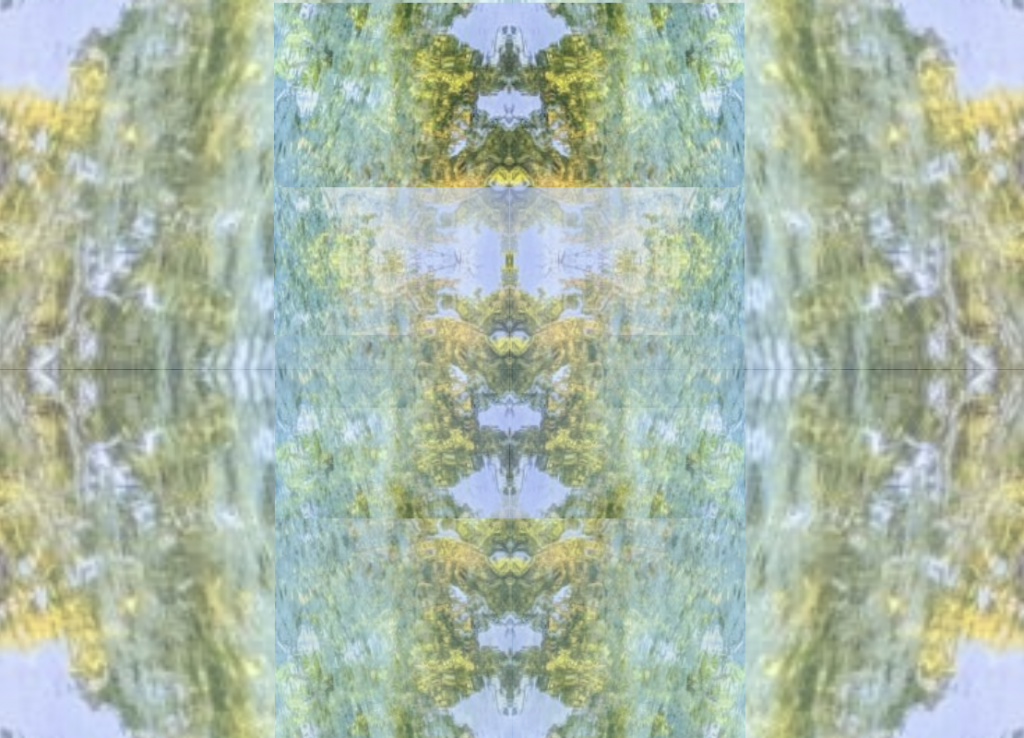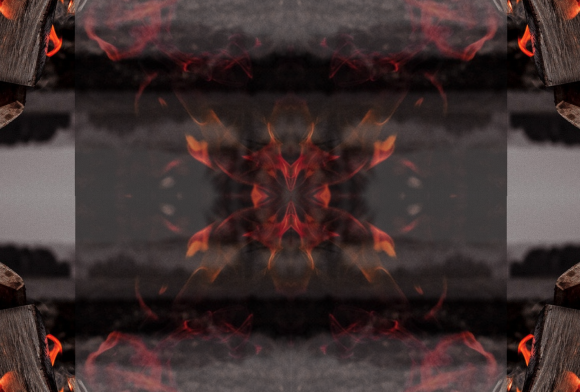In several places, Hillman practically identifies two well-known Jungian archetypal figures: “the Self, which is another name for the archetype of meaning, or the Old Wise Man” (UE 3, 40); “The self is personified as the Old Wise Man” (UE 1, 130).

This is an astonishingly implausible claim, at least if it is meant as an explication of what Jung thought. (Perhaps it is rather meant as a statement of Hillman’s own position, a re-interpretation of the connections between those archetypes.) Yet it seems that Hillman wants to present it precisely as such: the second of my quotes above even references one of Jung’s essays in a footnote (“On the archetypes of the collective unconscious”, in GW IX/I, §§1-86; Hillman’s reference points to §§66ff. in particular).
Now the referenced passage does talk about the Wise Old Man archetype, but it does not mention the Self archetype. In fact, that archetype does not appear once in the entire text. (Except indirectly in a reference to the “symbolism of the Self”, the subtitle of Aion; but that was clearly added in a late edition of the essay: it’s just a forward reference at the end, doesn’t enter the exposition of the topic at all, and obviously couldn’t have, since the essay initially appeared in 1934, long before Aion was published).
And it is very implausible that Jung thought of the Wise Old Man as a personification of the Self. Consider that Aion (GW IX/II), which is a lengthy monography on “Symbolik des Selbst” (its subtitle), nowhere talks about that supposed personification. In fact, at one point, Jung mentions as part of a quaternio figure “jene[n] Archetypus des alten Weisen, den ich hier nicht in Betracht gezogen habe” (§42; my emphasis). This indicates clearly that Jung thought of the Wise Old Man as a quite different and unrelated figure, one that needed no consideration among the “symbols of the Self”.
Similarly, in Psychology and Alchemy (GW XII), there is a passage where Jung outlines the process of engagement with the unconscious in terms of the figures which are encountered: “die Auseinandersetzung des Bewußtseins mit den Figuren der unbekannten Frau (Anima), des unbekannten Mannes (‘Schatten’), des alten Weisen (‘Manapersönlichkeit’) und den Symbolen des Selbst” (GW XII, §121). If the Wise Old Man were a personification of the Self, there would be no point in listing it separately here, on equal footing with the symbols of the Self.




[…] have criticized Hillman for saying that Jung’s archetypes of the Self and the Wise Old Man are the same (or that […]